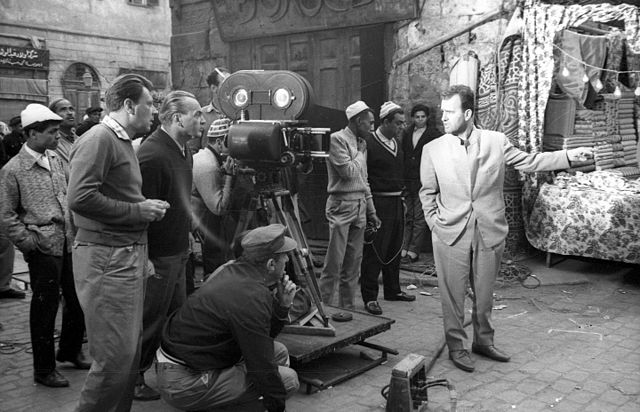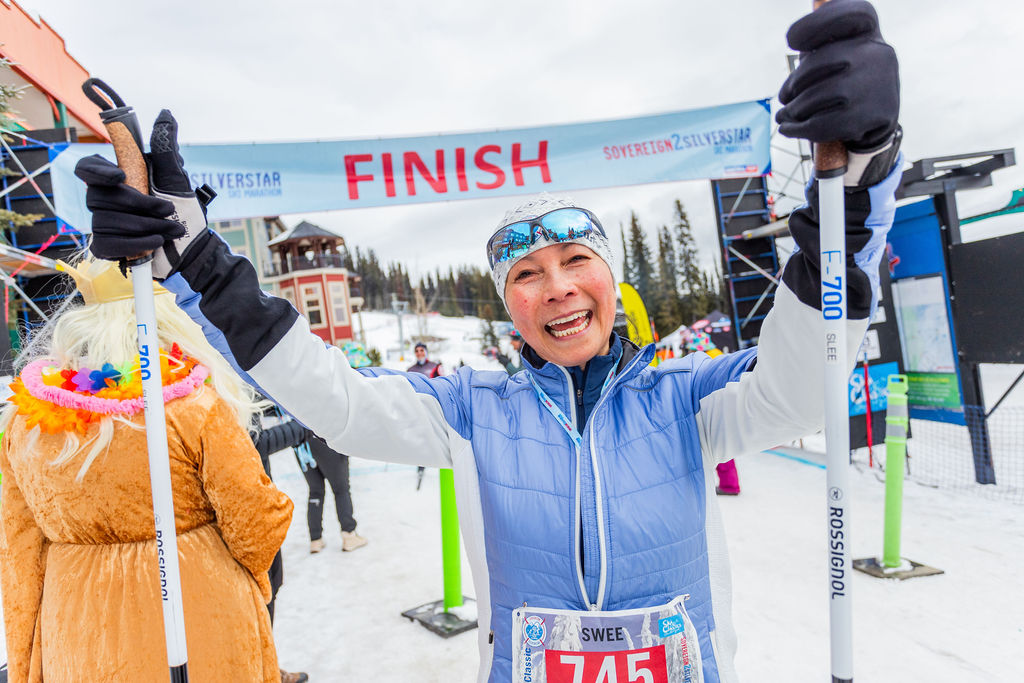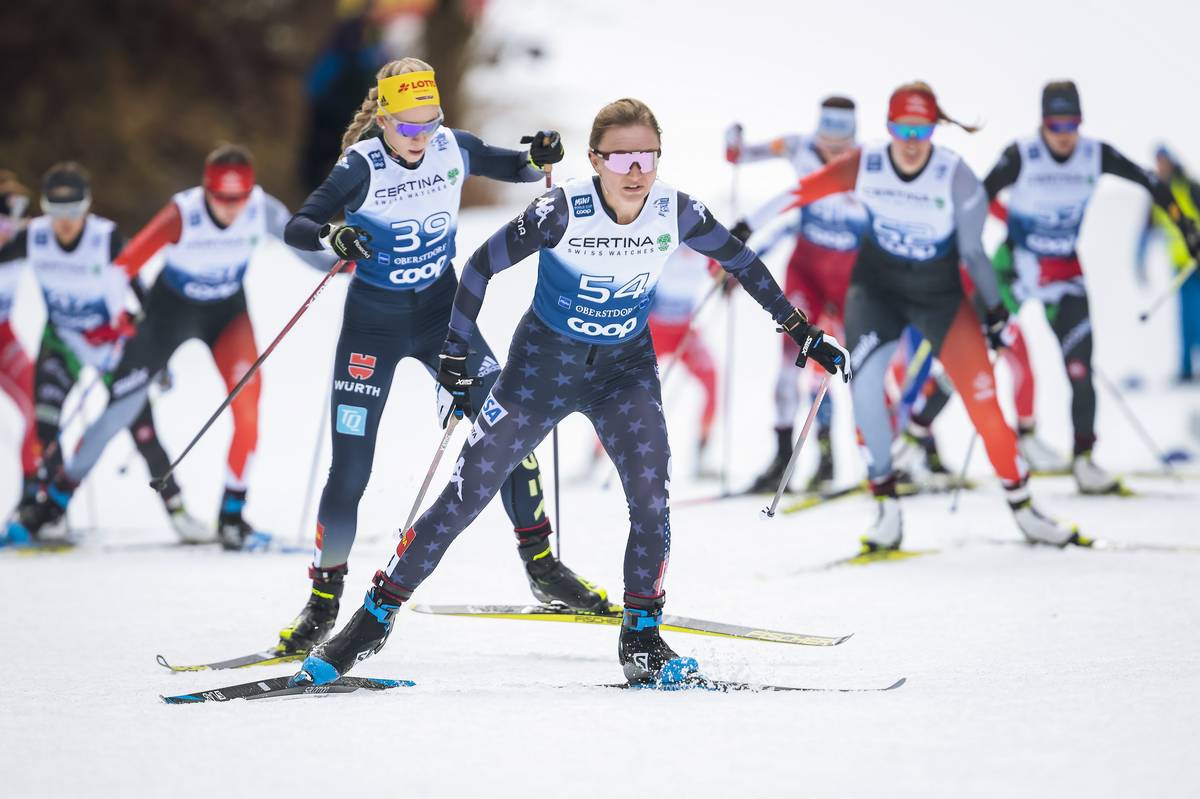This week we feature an interview with John Aalberg (USA), a multi-faceted Cross-Country Skiing professional and former athlete. Presently he is responsible for the Nordic events at the 2010 Olympic Winter Games in Vancouver, having previously performed the same function in Salt Lake City in 2002.
, technical competition courses, and dramatic crashes during the competitions. The technical preparations for the Championships have steadily improved during the last two years, and even though the organizers have not held many large international Cross-Country events during the last decade, the standard of service, including the facilities, transportation, accommodation and so on, offered to the competing teams is excellent. Due to more limited English skills here in Japan, however, the work load is considerably higher for the Technical Delegate and the Jury.</p>
<p>The competition courses here at the Shirahatayama Stadium and the Sapporo Dome are very challenging, perhaps more so than at the last few World Ski Championships and Olympic Games. It has been and will be interesting to see how this impacts the teams’ and racers' tactics during the competitions. </p>
<p><B>FIS Newsflash:</B> You have a lot of experience with major Cross-Country events, from having competed yourself, to having organized the Soldier Hollow events at the 2002 Olympic Winter Games and being on the jury last year in Turin, just to mention some highlights. How have such major events developed over the years in your view? </p>
<p><B>John Aalberg:</B> Many of us have been through the dramatic changes in our sport in the last 6 – 8 years. The expansion of Cross-Country into sprint and mass-start formats has created new challenges for both athletes and event organizers. The pressure of providing perfect competition conditions has increased due to the demands of group skiing (as in mass-start), and the importance of this for the sprinters that are separated by 1/100 of a second sometimes.</p>
<p>The world has also changed in terms of what the media and spectators want. Society today seems to want more and more immediate entertainment and ‘action,’ and having realized this, FIS is implementing changes to the events. We need to accept this if the sport wants to survive and to be supported by sponsors, media and TV viewers in a global sense.</p>
<p>This reality will also soon require FIS and organizers to become even more professional in terms of media/TV services and in terms of standardization of safe, fair, and suitable competition stadiums and courses. </p>
<p><B>FIS Newsflash:</B> You are Director of Nordic Sports at VANOC 2010. How are your preparations progressing now that the Games are three years away?</p>
<p><B>John Aalberg:</B> We are designing and building a brand new 2010 Nordic Olympic Competition Venue just outside North-America’s largest alpine resort, Whistler. This ‘Nordic Competition Park’ will consist of three stadiums separated by about 400 meters (Ski Jumping, Cross-Country and Biathlon). It will have about 15 km of competition courses, as well as about another 25—30 km of easier ski trails (for recreational skiing). The two ski jumps are HS 106 and HS 140, and the biathlon range has the standard 30-lane fully electronic target system. About 80% of the competition courses were built last year, and construction for all the affiliated event management buildings started. The plan is to complete all the Olympic competition facilities by this fall, such that we can start organizing test events already next winter.</p>
<p>At the Olympic headquarters in the city of Vancouver (about 1:30 hrs away), the 2010 Olympic Organizing Committee already has a full-time staff of 320 persons working on all the logistical planning elements as well as all the other snow and ice sport venues.</p>
<p>Source: FIS</p>
</div></div><!-- /btArticleContentInnerInner --><section class=)
FasterSkier
previous
Former Norweigian Coach Samdal claims Bjorgen's coach is lying
next



